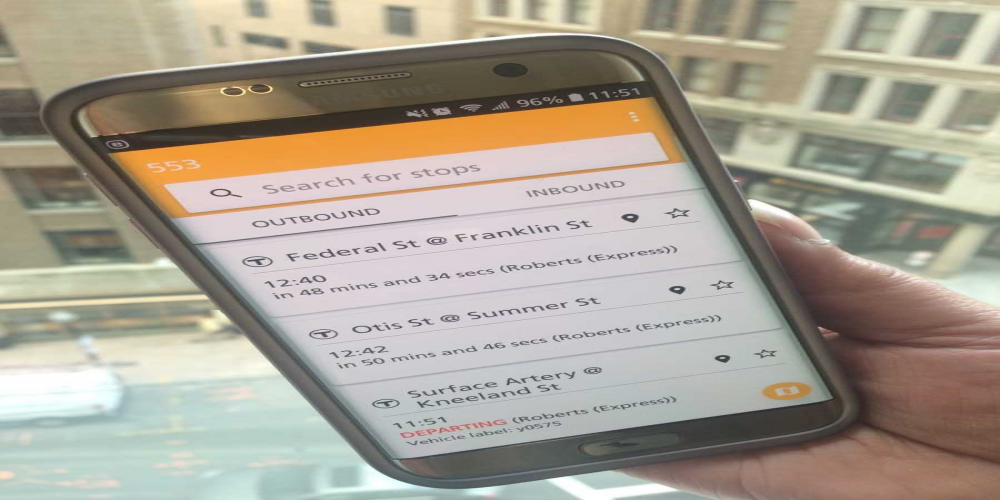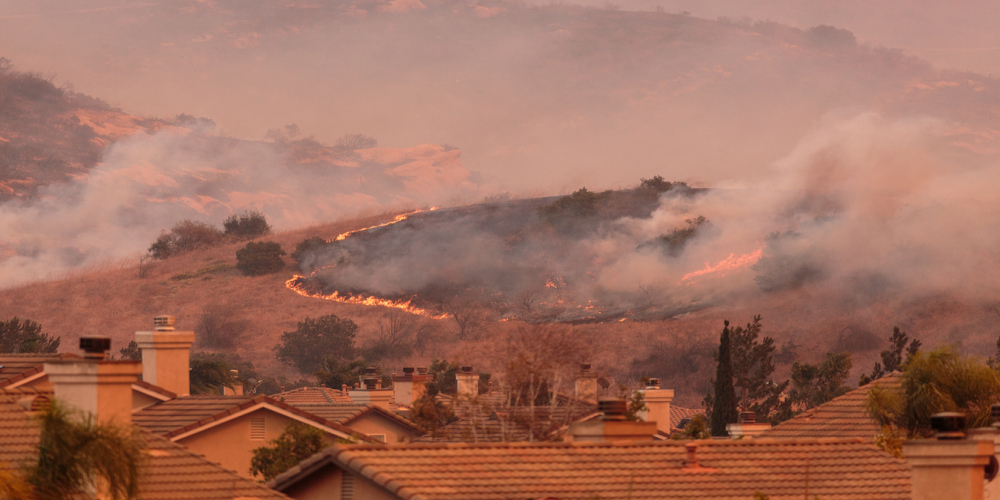Archive
We need to make energy program evaluations more relevant for decision-making. Most existing energy efficiency and renewable energy programs have been concerned with confirming the reasonableness of past investments and impacts on utility ratepayers. But there is also growing interest in evaluations of community programs and state public benefit programs, and they need to focus on learning lessons that we can use to make future choices about spending energy dollars. Looking forward, the questions that we can learn from public program evaluations are: (1) How can we most effectively spend public funds? (2) How can we best design public programs to achieve desired economic and environmental outcomes? and (3) How can we best prioritize choices among project and programs to maximize our return on investment? Program evaluations today often fall short of fully addressing these questions.
Emerging Changes. At the January 2019 Annual Conference of the Transportation Research Board (TRB), the role of technology change and the future of public transportation both received significant attention –in both formal sessions and informal attendee discussions. Three facts seem clear:
Most people seem to agree with a “user-pays” principle for transportation infrastructure, especially for roads and highways. The fuel excise tax on gasoline and diesel has long been the primary source of federal and state transportation revenues. While economists have long advocated for other types of fees, transportation professionals, policymakers, politicians and even the public have just recently become more active in pricing discussions. A number of trends in transportation technology and behavior have launched this discussion, which was strongly evident this year at the TRB Annual Meeting.
Growing up in the Swiss Alps, the natural hazard I was most aware of as a child was avalanches. My village was especially exposed to this risk. When the road to access the villages in the valley was improved by partly covering it with avalanche sheds, this was regarded as a huge step towards reducing the number of days in winter during which the villages were cut off from the outside world. However, something in the planning process must have gone wrong: The avalanches still tended to bury the road with snow where it had not been protected by sheds. Obviously, while some segments of the road had been made resilient, the road as a whole, with its unprotected segments, was still vulnerable.
Tags:
#Resilience
Blockchain is a new and potentially transformational technology for tracking of transactions between parties in a verifiable and permanent way that also makes tampering virtually impossible. It is already being tested in use for supply chain management by shipping and trucking companies, and freight railroads are also joining in. On the horizon is the potential for blockchain technology for public transportation, especially insofar as it facilitates more integrated transportation services offered by partner organizations.
How can we manage rapidly growing demand for same-day e-commerce deliveries within dense urban centers? That was one of the key questions addressed at a workshop during the Transportation Research Board (TRB) Annual Meeting in Washington, DC on January 13. During the workshop, Dr. Laetitia Dablanc, of the French Institute for Transport Research noted that demand for “instant delivery services that provide on-demand delivery within two hours by connecting shippers, couriers, and consumers via a digital platform” is growing around the world, mainly in cities.
At the TRB Annual Meeting, I had the opportunity to publicize a project that I’m leading: TCRP J-11 (31) Guidance for Trading, Sharing, and Selling Public Transit Data – Now and in the Future. I have been talking to transit agencies and experts about data sharing and getting value out of the data transit agencies collect. We have discussed challenges, including data quality, standardization, and privacy.
Tags:
#TRB
Last week at the TRB Annual Meeting, I presented to a packed lectern session on the topic “Shared Mobility, Ridehailing, and Emerging Transportation Trends.” Covering diverse topics such as microtransit regulation, the effect of shared mobility on driver behavior, and strategies for reducing empty vehicle miles, the lectern session drew well over 250 attendees – a standing room only affair!
Tags:
#TRB
Katrina . . . Wilma . . . Irene . . . Matthew . . . Harvey . . . Great Smokey’s Fire . . . Mendocino . . . Sandy . . . Maria . . . Irma . . . Camp Fire . . . Michael
Tags:
#Resilience
About 85% of the U.S. population lived in cities in 2015 (Census FactFinder). These urbanites are subject to unique impacts of climate change, as highlighted by the Fourth National Climate Assessment, released in November 2018. The Climate Assessment provides an update on indicators of climate change, including rising average global temperatures, extreme high temperature events, and more frequent heavy precipitation. The 2017 Atlantic hurricane season was record-breaking with four high-intensity hurricanes (Harvey, Irma, Jose, and Maria). And rainfall associated with hurricanes in the Atlantic and eastern North Pacific is predicted to increase due to warmer temperatures. Some studies predict increased frequency and severity of thunderstorms across the United States. At the same time, sea level rise increases coastal flooding risks from weather events. More extreme and rising temperatures mean that in addition to flooding, drought and associated wildfires have also occurred in recent years, including the 2011-2017 California drought.
Tags:
#Resiliency









